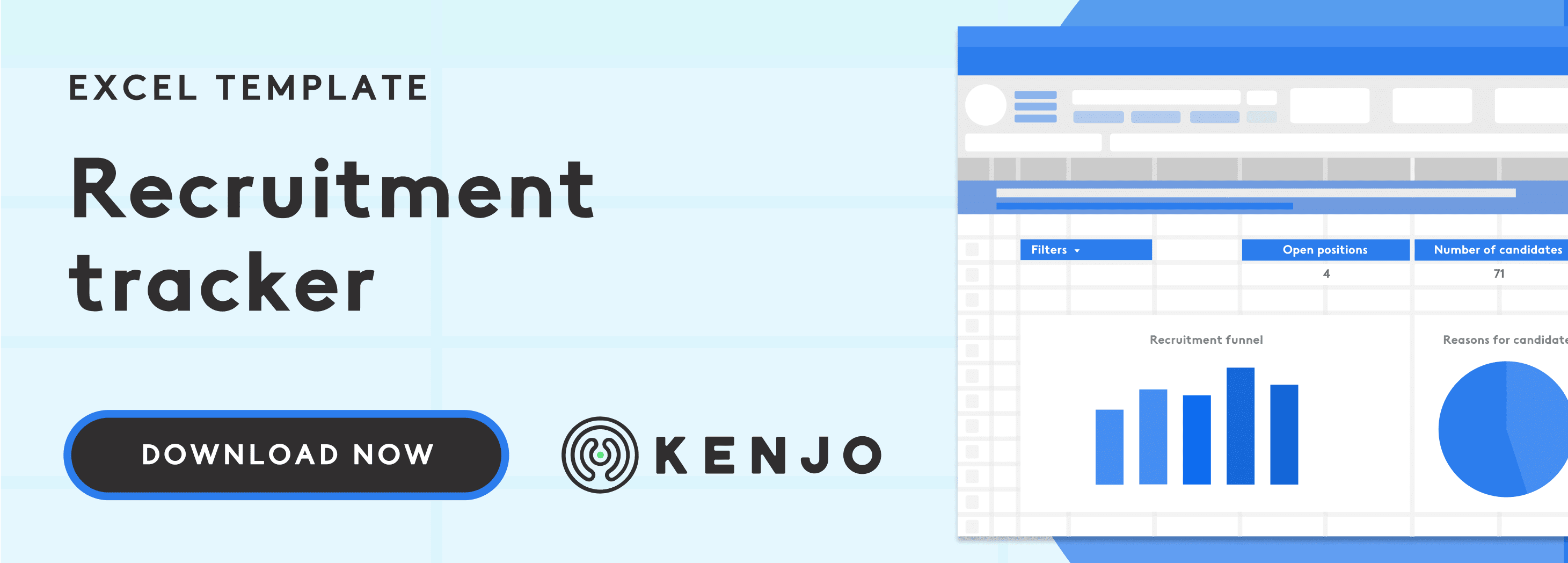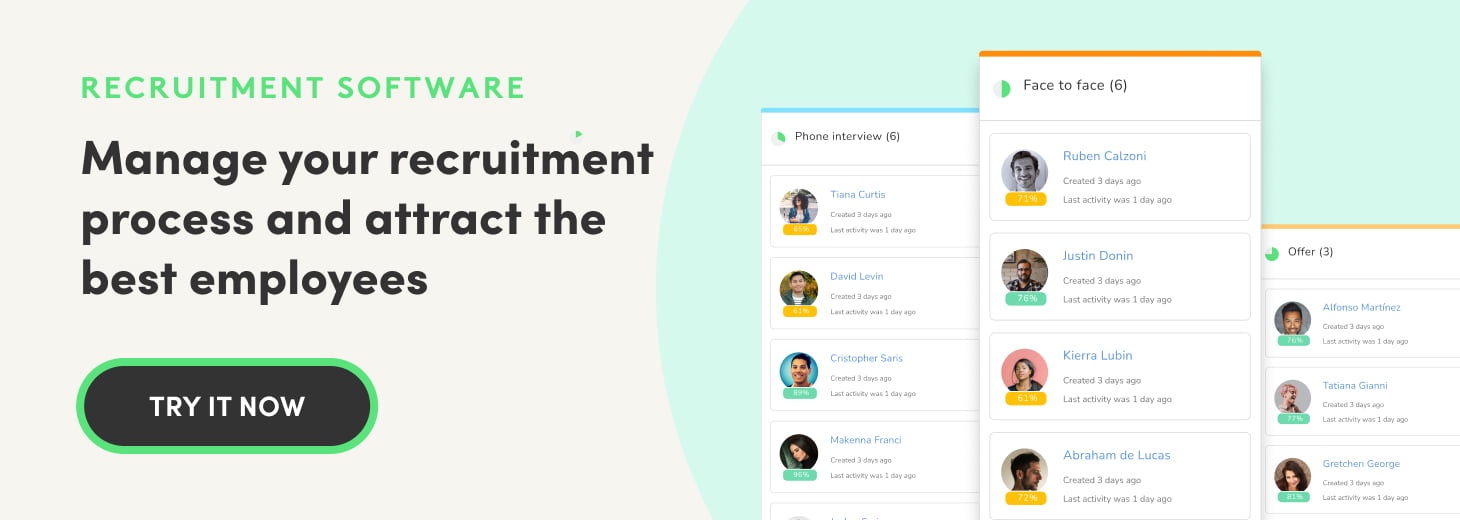Strategies for healthcare recruiting

Over the last few years, HR in healthcare has suffered a series of setbacks that have placed additional challenges on an already difficult situation. In the UK, the effects of Brexit and the global pandemic have amplified problems such as staff shortages and discontent over pay.
The mammoth recruitment challenges facing the UK healthcare system require new strategic efforts to regain staffing stability and meet future recruitment needs.
In this article we will look at the recruiting challenges facing the healthcare sector in 2022, and some of the strategies HR professionals will need to implement to overcome them.
The healthcare recruiting challenges in 2022
According to a People Management article, statistics revealed that the NHS was already experiencing a staffing emergency in 2016/17. In that year, for example, 3000 more nurses left the NHS than were recruited, and between July and September 2017, only one nursing vacancy in seven was successfully filled.
Add that to an ageing population, cuts to social service funding and increasing patient numbers, and the stress on the system is hard to ignore.
Since then, Brexit and Covid-19 have taken the crisis to another level. The former created barriers to hiring healthcare professionals from the EU and bred uncertainty among European workers in the UK. The staggering influx of Covid-19 patients, meanwhile, put catastrophic pressure on healthcare teams, at a time when travel bans prevented the import of international professionals.
All in all, the healthcare recruiting challenges at the start of 2022 seem almost insurmountable. So, how can HR professionals bridge the gap in supply and demand for healthcare workers in this context? Below we will review some strategies to target the healthcare staffing shortfall.
Healthcare recruiting - Upskilling
Healthcare recruiting involves searching for highly skilled professionals, sometimes with very specialist expertise. As a result, the number of potential candidates for a role is often much lower than in other sectors.
One way to overcome this challenge is to invest in upskilling current employees, to reduce dependence on external recruitment. This could mean, for example, providing training to nurses to become nurse practitioners, giving them more authority to evaluate and diagnose patients for minor illnesses and ease the pressure on medical staff.
Another strategy is to encourage specialism transfers. This means that employees have an opportunity to rotate to different departments and develop their expertise in other areas.
Both these strategies have the benefit of bridging staffing gaps, while also promoting professional growth and development, essential for employee motivation.
Simplify hiring the process - Reduce the time-to-hire
The healthcare sector is no stranger to lengthy and complicated hiring processes. However, overly complex methods mean posts are often left vacant for longer than necessary and potential talent can be lost due to candidate fatigue.
Simplifying the hiring process has the immediate effect of reducing the time-to-hire, the time taken for a new employee to start their role from the point the vacancy is advertised. This can be achieved with recruitment software, which streamlines and automates many of the processes, from advertising jobs across several recruitment platforms, to candidate communications, CV screening and applicant ratings, among others.
Recruitment software can also help improve the onboarding process by automatically initiating pre-employment checks and getting paperwork in order before the selected candidate starts.
These initiatives, in turn, should mean candidates are placed in their roles more quickly, new employees make a positive start to their job, and teams feel less impact from staffing gaps.
Broaden healthcare recruiting
Research by the Health Foundation, the King's Fund and the Nuffield Trust has found the UK cannot meet its healthcare recruitment needs through domestic staff alone. They reported that the NHS will need to recruit at least 5,000 international nurses a year if it is to reverse the trend of increasing unfilled posts.
As such, overseas recruiting has to be part of the plan, and the healthcare system must adapt to overcome the challenges that entails. This will involve:
- Using specialist recruitment agencies: local and international recruitment agencies have the expertise required to navigate the intricacies of overseas hiring and speed up the process.
- Budgeting for additional costs: recruiting internationally involves additional costs including accommodation, flights, language lessons, UK qualifications and certificates, visa fees.
- Allowing time to adapt: overseas staff may need extra time and support, especially with regards to cultural and language differences.
- Competing internationally: the UK is not the only country recruiting from overseas. Competition is fierce for qualified professionals, meaning the employment offer has to be enticing to attract staff.
- Recruiting ethically: healthcare trusts must abide by the World Health Organisation’s code of practice and not actively recruit from low- and middle-income countries facing their own critical shortages of health workers.
Reaching out to other professions
There is an abundance of talent and expertise in many sectors that the healthcare industry could attract with offers of training programmes and recruitment incentives. Those employed in other industries, ex-Armed Forces personnel and people in the local community are all a potential untapped source of healthcare workers and support staff.
Moreover, since the start of the Covid-19 pandemic, many ex-healthcare workers have returned to the profession, often due to a sense of moral duty. The opportunity exists to continue this trend, by offering attractive job packages for qualified workers who have previously left healthcare.
Adapt to new working practices
While healthcare by its nature demands in-person contact, the pandemic has forced the industry to develop new ways of working. As a result, we have seen an increase in remote working, including telephone and video consultations for example.
Many workers from all sectors have welcomed the ‘new normal’ and it is down to healthcare employers to accommodate flexible working practices where possible to attract staff. This may mean updating protocols and investing in technology to make remote working viable in certain areas.
Increase staff retention
Refining recruitment practices to attract new healthcare staff is key, but a consistently high staff turnover rate will frustrate all efforts to fill the shortfall. It is critical, therefore, to retain talent for longer and in turn reduce the levels of recruitment needed.
The reasons for leaving often cited by healthcare staff include a better reward package, a lack of opportunities, getting a promotion, moving into further education/training or poor work-life balance.
HR initiatives to retain staff will include reviewing the work environment, regular staff satisfaction questionnaires, learning and development programmes and career plans. Efficient HR management, such organised shift planning, will also improve work/life balance for employees, as well as reduce absenteeism.
How can technology support healthcare recruiting?
In 2022, technology will be one of the healthcare recruiter’s greatest allies. Specialist healthcare recruitment software can reduce the time spent on administrative tasks, streamline recruiting processes and attract the best talent, faster.
Furthermore, integrating the onboarding process with an all-in-one HR management program will mean a seamless transition into the workplace for new employees.


